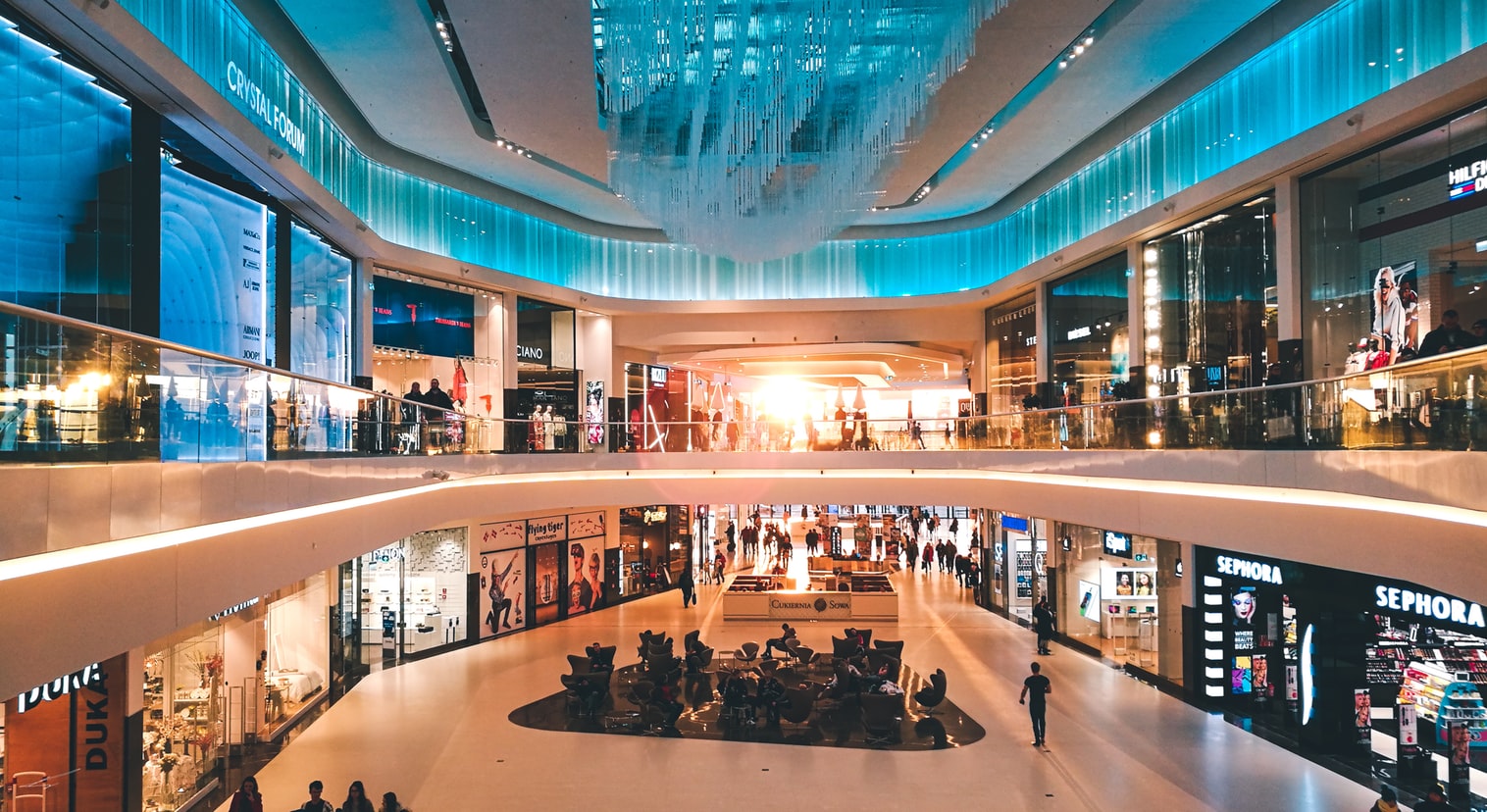
Over the years, I’ve studied retail innovation and also retail stagnation. Among the white hot trends propelling retail startups and giving legacy brands hope are artificial intelligence (AI), computer vision, Internet of Things (IoT), connected sensors and good old fashioned ingenuity.
My friend Macy Bayern of TechRepublic recently wrote about the role AI is specifically playing in retail innovation. Her resulting article features insights from industry experts and innovators. I also wanted to share our unabridged conversation with you here…
Brick and mortar stores are closing left and right, but artificial intelligence may be able to keep them alive.
The future of retail continues looking grim, as more brick and mortar stores close their doors. US retailers have announced 8,558 store closures so far this year, with total US store closures predicted to hit 12,000 by the end of 2019, reported Coresight Research on Friday.
While the internet and automation are typically to blame for these closures, the same technology could actually be the solution for physical store locations
Macy Bayern: What are some of the most popular ways retailers are using AI?
Brian Solis: AI is one of those things that means a lot of different things to different people. I recently read a study that only 54% of CX leaders have an accurate understanding of AI. Basically, with AI, we’re dealing with machines that can simulate intelligent behavior or imitate intelligent human behavior, i.e. sense, reason, act and adapt. I share this because, one of the most popular way retailers, and leading brands, are using AI today, is actually through machine learning. The difference is that with machine learning, systems can recognize patterns from clean data sets, and with proper management, learn from that data to assess and even predict outcomes and improve performance over time. We most often see this in real-time and predictive analytics often employed in advanced marketing and CX cases. This helps retailers learn how to personalize engagement, offers and next best action as well as guide product and service development.
Beyond analytics, one of the more popular examples discussed is Amazon Go and its “Just Walk Out Technology.” What’s fascinating here is that the store is using computer vision, sensor fusion supported by machine learning (in this case deep learning) similar to how self-driving cars operate. In the latter case, self-driving cars are packed with sensors that generate data to drive in real-time and improve driving over time. In Amazon Go stores, the systems are observing and anticipating behaviors by tracking people from the time they enter the store to the time they leave. The technology is constantly looking for “who took what?” The system also pairs with the Amazon Go app to offer a checkout-free experience. Based on what the computer vision sees, i.e. what you pick up or put down, combined with historical purchase data, Amazon Go will automatically charge the customer via the app and update inventory management systems.
In April, Walmart unveiled its store of the future, called the “Intelligent Retail Lab” or “IRL” for short. Instead of using intelligent technology to track items and purchases, Walmart’s system is tracking inventor levels to alert staff when shelves need to be restocked or if fresh items have sat too long and need to be pulled.
In another example, Walgreens uses data from its anti-viral prescriptions to track the spread of the flu. Doing so helps customers see the flu levels in their area and also helps Walgreens manage stock across its 8,000 stores.
Using IBM Watson cognitive computing tech, North Face personalizes product matching based on real-time customer input on where they’re going and when and how they plan to spend their time when there.
Neiman Marcus uses intelligent visual search in its “Snap. Find. Shop.” app that allows customers to input pictures of their favorite things and then search inventory to match similar items.
Macy: How can AI help improve business functions in retail?
Brian: AI in all of its forms, is helping retailers in customer-facing and back office applications. Currently there are several parallel business functions where AI is already making an impact. As in the case of Amazon, transactions can be not only automated, but also in-store and online offers can be further personalized based on behavior while also improving and automating overall store operations. In the cases of Amazon, Walmart and Walgreens, that personalization based on real-time and predictive analytics, can also improve inventory and supply chain management, pricing and demand forecasting. AI-driven personalization can of course also improve and optimize marketing, promotion, CRM and customer service and support.
Macy: What does the future of retail AI look like?
Brian: In a word, experiential. AI takes the monotony of retail experiences and improves them. It also introduces new opportunities that unlock new possibilities with retail experiences.
The future of AI-powered retail ironically will help brands become more personal. At the same time, retail experiences will not only become individually personalized at scale, it will also become increasingly automated and autonomous. More so, consumer choice will become less chaotic and stressful. Even though consumers have unprecedented freedom choice today they also carry a burden of it too (and that causes great unfettered stress). Just search for blue dress shirt with straight collars (add your gender of choice on Amazon and look at the number of results. When I searched for a men’s shirt, I was presented with over 1,000 results. I think one of the more promising and realistic future scenarios includes screens, connected dressing rooms and virtual racks that are tailored to me based on my personal, data-defined, persona that only shares things with me that I would consider based on previous history and also coming trends aligned with individual preferences. You could play that scenario out in a multitude of retail sectors, i.e. automotive, appliances, etc.

Brian Solis | Author, Keynote Speaker, Futurist
Brian Solis is world-renowned digital analyst, anthropologist and futurist. He is also a sought-after keynote speaker and an 8x best-selling author. In his new book, Lifescale: How to live a more creative, productive and happy life, Brian tackles the struggles of living in a world rife with constant digital distractions. His previous books, X: The Experience When Business Meets Design and What’s the Future of Business explore the future of customer and user experience design and modernizing customer engagement in the four moments of truth.
Invite him to speak at your next event or bring him in to your organization to inspire colleagues, executives and boards of directors.
Photo Credit: Marcin Kempa @ashenkris, Unsplash.com





Leave a Reply